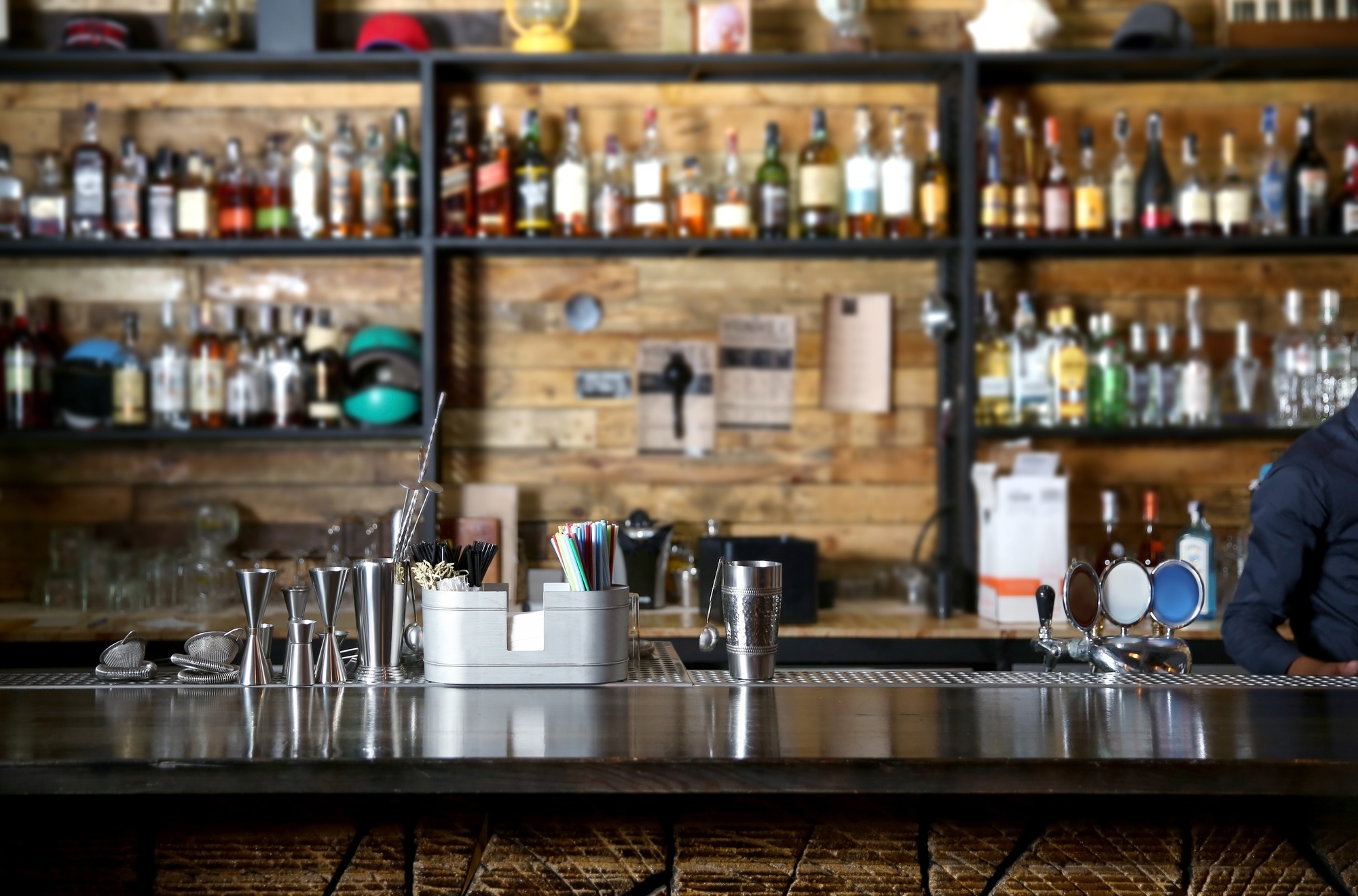Today we are going to go over one of the most important steps in bar inventory analysis for all bar and restaurant owners.
What are the steps you do when you manage your bar inventory? Count it? Determine your sales? How about selling prices? Figure out ending inventory values? How about your product mix? What about ideals?
The single most important step in managing your bar inventory, which if not completed will cause you the greatest amount of losses is for you to calculate your ideal inventory numbers and compare them to your actual inventory numbers.
 This means determining how much your sales should have been, what your pour cost percentage should have been and what your inventory usage should been based on what was actually sold / rung up into your POS system. Then you have to compare these ideal numbers to your actual numbers Pour Cost Percentage, Sales, Inventory used (both in quantities and dollars) and then you can calculate the difference.
This means determining how much your sales should have been, what your pour cost percentage should have been and what your inventory usage should been based on what was actually sold / rung up into your POS system. Then you have to compare these ideal numbers to your actual numbers Pour Cost Percentage, Sales, Inventory used (both in quantities and dollars) and then you can calculate the difference.
The other important issues are knowing ending inventory values for financial purposes, knowing your ending inventory quantities and usage to be able reorder inventory, what your ideal costs are for each inventory item and price it competitively. And knowing your inventory values for your financial statements. I find that these are the issues with inventory that most operators concern themselves with.
And yet, very few operators figure out their ideal numbers for inventory use, sales and percentages.
Most operators count their inventory and figure out how much they have gone through for a week or for a month. Many will look at their financial statements and show concern over their actual pour cost percentages or trends in sales and inventory numbers; but very, very few will actually take the time to calculate for that same period of time what their numbers SHOULD HAVE BEEN. What they are doing is comparing their current actual numbers to past actual numbers. They believe; actually about 95% of you out there believe this. Is that doing your inventory is only counting your inventory, knowing how much you have on hand and how much you went through and how that compares to the last time you did it.
When you compare a current actual inventory number to a past actual inventory number in an effort to determine if you are “doing ok” and not missing much is like comparing your cash count in the register drawer at the end of the day to the count for the drawer for the same day the week before, instead of comparing the current days’ count to the Z tape for that day. To actually determine “Loss” you have to compare actual to ideal; not actual to actual.
And if you don’t think you are that far off, then why is it when the State of Ohio audits a bar for sales tax compliance, they always find that people have underreported their sales based on the amount of inventory they have purchased? The State is taking the actual purchases and calculating how much your sales should have been and then they compare that number to what you actually did. This means your losses exceed 10%. The few bar operators that do all the correct steps are usually missing less than 3% of their inventory, which clears them from a sales tax audit.
It’s easy to sweep this issue under the rug. And it’s very easy to rationalize that because you are making money and you have a good business. But if you do all the steps in tracking your inventory and sales, you will make a lot more money. In the 59 years I have been alive, I haven’t met anyone yet who doesn’t want to make more money, while not working any harder.

Chuck Deibel is a Regional Director for Sculpture Hospitality. He may be reached via LinkedIn by clicking here
* Article originally published in an issue of Ohio Tavern News




.png)




.png?width=520&height=294&name=Sculpture%20Blog%20Banner%20Images%20%5B2025%5D%20(2).png)
